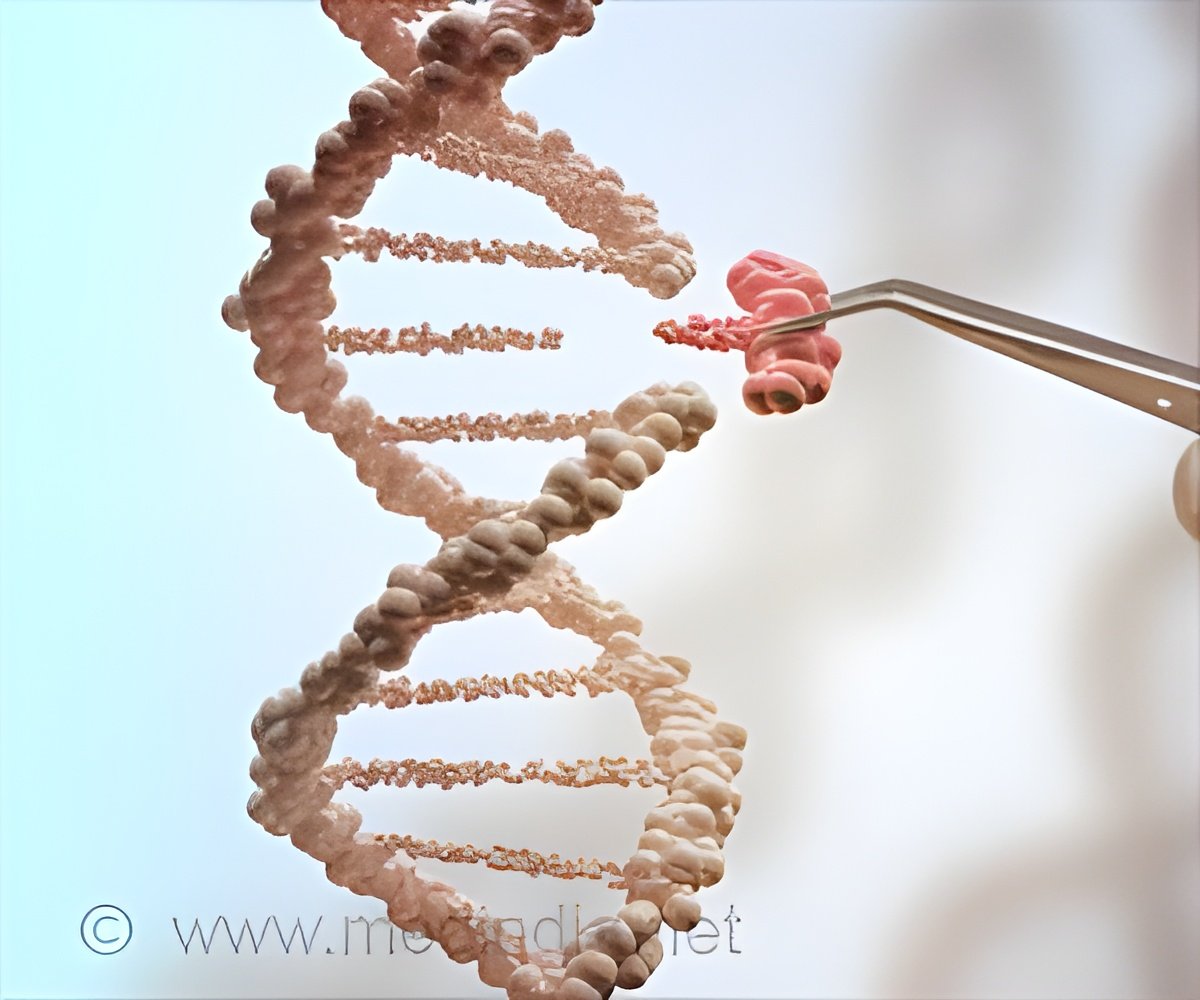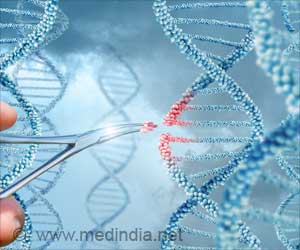A microfluidic chip which recognizes small fragments of RNA, indicating a specific type of cancer more rapidly and precisely than the techniques available up to now has been introduced by scientists.

He is leading the research team together with biologist Prof. Dr. Wilfried Weber, of the University of Freiburg. "We're doing pioneering work in Germany and Europe for this new application of gene scissors," Dincer emphasizes.
Short molecules known as microRNA (miRNA) are coded in the genome, but unlike other RNA sequences, they are not translated into proteins. Doctors are already using miRNAs as a biomarker for certain types of cancer.
Only the detection of a multitude of such signaling molecules allows an appropriate diagnosis. The researchers are now working on a version of the biosensor that recognizes up to eight different RNA markers simultaneously.
The CRISPR biosensor works as follows: A drop of serum is mixed with reaction solution and dropped onto the sensor. If it contains the target RNA, this molecule binds with a protein complex in the solution and activates the gene scissors - in a way similar to a key opening a door lock.
Advertisements
"What's special about our system is that it works without the replication of miRNA, because in that case, specialized devices and chemicals would be required. That makes our system low-cost and considerably faster than other techniques or methods," explains Dincer.
Advertisements
Weber, a professor of synthetic biology at the cluster of excellence CIBSS - the Centre for Integrative Biological Signalling Studies of the University of Freiburg - emphasizes how important the interdisciplinary environment at CIBSS is for such a development:
"The biologists at Freiburg work together on these technologies with their colleagues from the engineering and materials sciences. That opens new, exciting routes to solutions."
The researchers are aiming to further develop the system in about five to ten years to become the first rapid test for diseases with established microRNA markers that can be used right at the doctor's office. "The laboratory equipment must nevertheless become easier to handle," says Weber.
Source-Eurekalert











